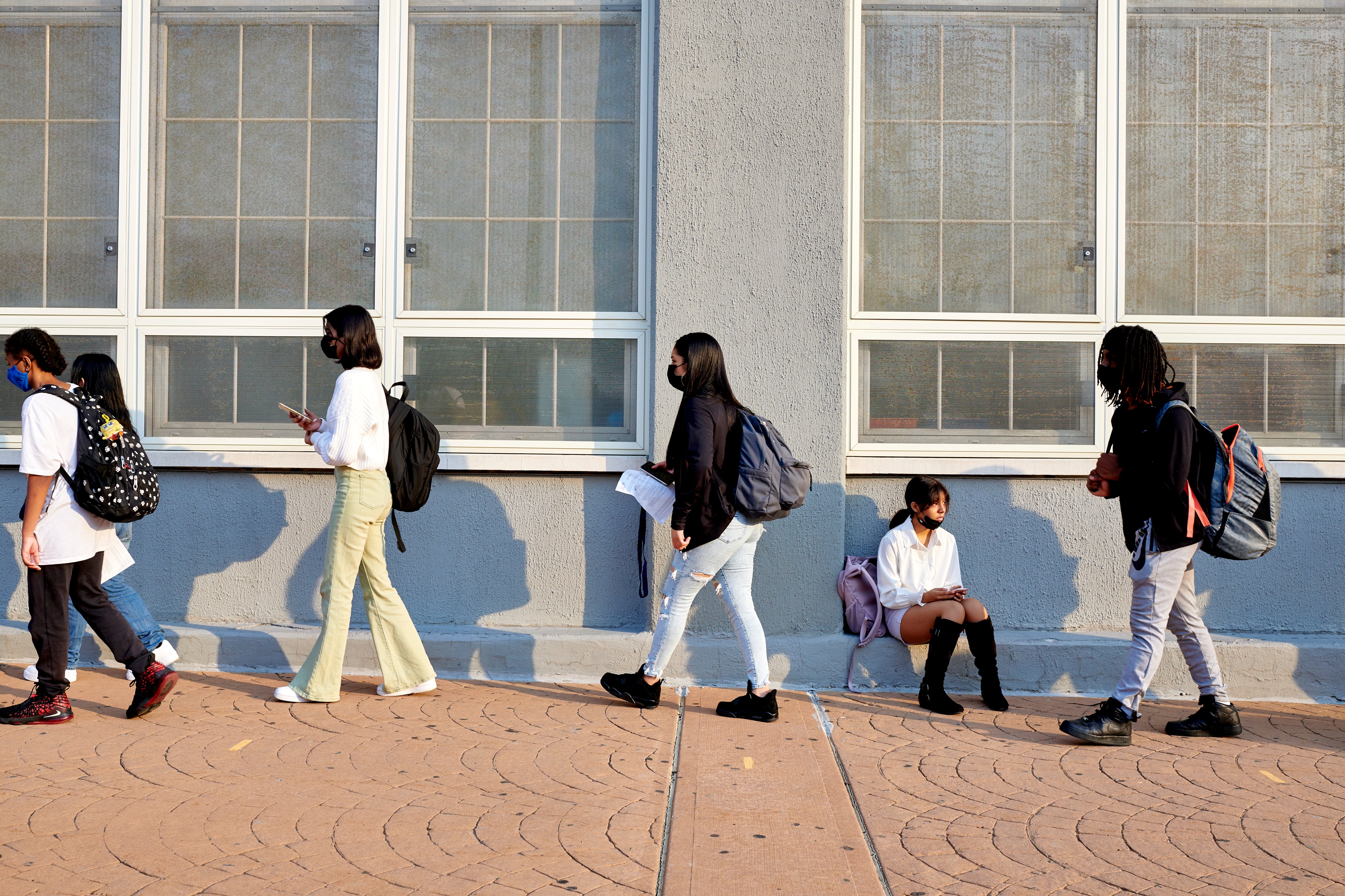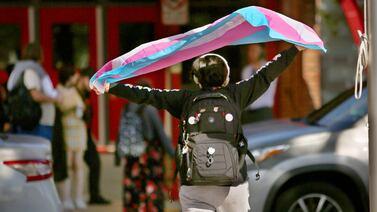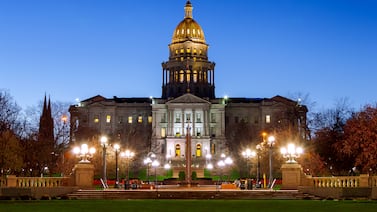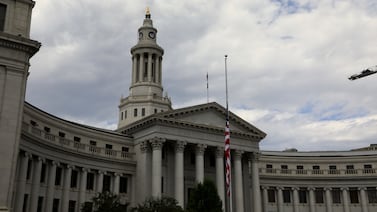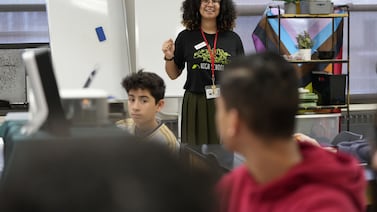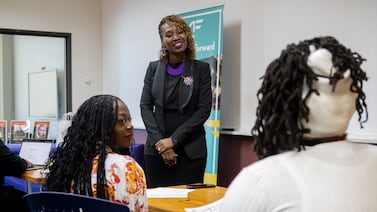A technology teacher at Brooklyn’s P.S. 194 was fully vaccinated, wore two overlapping masks, and ran air purifiers in her room. Yet, on the second day of school, she received a test result confirming she was positive with the coronavirus.
In just over a week, six other adults at the school also tested positive, two of whom were not vaccinated, according to staff members there. With each positive test, the school turned for guidance to the Situation Room, the city’s nerve center that collects reports of positive coronavirus cases and issues decisions about classroom closures and quarantines.
Twice, P.S. 194 officials learned about positive cases after the Situation Room had closed for the day at 3:30 p.m, sources at the school said. Last school year, it was open well into the evening.
There was no ambiguity that everyone who shared a classroom with the positive staff members should stay home according to the city’s rules. And while the people who tested positive stayed home, the school itself couldn’t order quarantines of the students and staff who were close contacts. They wound up returning to the building for another full day before the Situation Room was able to process the case, according to school staffers.
“It’s ridiculous,” said one school staffer of the delays in quarantining, who spoke on condition of anonymity for fear or reprisal. “Why should [we] bring all these kids in to be continuously exposed?”
The Situation Room, an inter-agency collaboration between the education, health department, and the city’s corps of contact tracers, is supposed to be a rapid response team. But just over a week into the school year, some school leaders and union officials said there have been problems reaching the office by phone to report cases or they have faced delays getting official orders to quarantine classrooms, forcing principals to scramble.
“They’re overwhelmed,” said Mark Cannizzaro, head of the union that represents school administrators. “Unless things change dramatically, they’re going to have to increase staff and increase hours.”
Despite this year’s influx of students and staff, the city has reduced the Situation Room’s hours significantly. The Situation Room this year is open from 7 a.m. to 3:30 p.m. on weekdays, (with limited Sunday hours). For much of last year, it closed four hours later, at 7:30 p.m. Education officials defended the move, saying fewer hours were needed when they were scaled back over summer and that late notice of quarantines was challenging for principals and parents.
Still, early hiccups in handling reports of COVID cases come at a crucial moment in the city’s efforts to reopen the nation’s largest school system. The city is requiring nearly all of its roughly 1 million students to return to classrooms, a significant change from last year when the vast majority were fully remote.
Defending shorter hours
The Situation Room has been busy during the first six days of school: 985 students and 502 staff have tested positive, leading to 1,151 full and partial classroom closures out of 65,000 total classrooms.
Recently announced changes to health and safety rules could potentially add to the Situation Room’s load.
Starting next week, COVID testing among a sample of 10% of unvaccinated students will ramp up to weekly, from bi-weekly, potentially leading to the identification of more coronavirus cases.
And though quarantine rules will be relaxed for unvaccinated students, likely making full classroom closures less common, the Situation Room will be involved in figuring out which students count as close contacts, which could be a more complex task under the new rules. (The changes will not affect the need for full classroom closures when elementary school staff members test positive.)
Another imminent change is that all staff are required to receive at least one vaccine dose by Monday or else go on unpaid leave. But even as the highly contagious delta variant remains dominant, thousands of educators have not yet been vaccinated, and most students are not yet eligible.
Education department officials have defended the Situation Room’s shorter hours, noting they were changed over the summer when case counts were lower and fewer students were in school buildings.
They also said they are trying to balance the need for the Situation Room to accept reports of new infections with the reality that if they take reports of new cases in the evening, notifications about quarantines may not be issued until late at night. It can take a few hours for the Situation Room to confirm a positive case, complete an initial contact tracing process, and begin telling the correct students and staff members that they need to quarantine.
Chris Caruso, a former education department official who helped supervise the Situation Room last school year, said that when the Situation Room was open later, decisions about quarantines sometimes weren’t issued until 11 p.m., a strain on principals and families.
“How do you close a classroom at 1 in the morning, how do you get in touch with second grade parents?” Caruso said. “These are people’s lives; they have to line up child care.”
Calls for more principal discretion
Still, with results often coming back after 3:30 p.m., some school staff at P.S. 194 believe the city should be able to act more swiftly to keep close contacts at home — especially when the need to quarantine is not in doubt.
“They should have two shifts, like a 7 a.m. to 3 p.m. and then a 3 p.m. to midnight,” one staffer said. Otherwise, “The principal should be able to use their discretion shutting down classes.”
Cannizzaro, the administrators union head, also thinks principals should have more power regarding possible closures. “When things get late, and a decision needs to be made, there just needs to be a little bit more flexibility and people given the authority to make a decision,” he said.
Nathaniel Styer, an education department spokesperson, said the “vast majority” of coronavirus cases reported to the Situation Room are resolved on the same day. Only a small number take up to 24 hours, he said.
He added that the number of calls after hours were low and that schools can report cases after the Situation Room is closed, though they will be processed the next morning.
He confirmed one case at P.S. 194 was not resolved in the same day. Staffers at the school said the community was unaware cases could be reported after the Situation Room had closed.
“The Situation Room plays a vital role in keeping schools safe and supporting principals when a positive case is identified in a school, at any time of day,” Styer said in a statement. “We’ll continue to monitor cases and adjust both hours and procedures to meet the needs of our schools.”
But some school leaders said they were struggling to reach the Situation Room, even during its regular hours.
In one instance, a Manhattan elementary school principal was alerted that one of her students tested positive on a Saturday, the one day of the week the Situation Room is closed.
The principal, who spoke on condition of anonymity out of fear of reprisal, called in the case the following day, since the Situation Room is open on Sundays from 11 a.m. to 3:30 p.m. She finally got through after several tries, she said. But the hours ticked by, and she never received a call back about whether she needed to quarantine any classrooms. When she called again at 4 p.m., she was sent to a voicemail that said it was closed for the day.
Eventually, the principal was able to alert her superintendent, who contacted an official at the Situation Room who helped initiate letters to families of students who needed to quarantine.
“It feels like they’re limiting hours to make it seem like they’re not asking principals to work around the clock,” said the principal. “By shortening the hours they’re actually making it worse.”
‘Missed opportunity to reduce transmission’
Three public health experts said that delays in quarantining students and staff who were considered close contacts could potentially increase the risk of transmission in schools, especially because there is often a lag between the onset of symptoms, getting tested, and receiving a positive result.
In the intervening time, it is possible that others in the school have been infected and could spread the disease to others if they’re allowed to return to the building instead of sent home to quarantine.
“That’s a really large missed opportunity to reduce transmission,” said Anna Bershteyn, an assistant professor of population health at the NYU Grossman School of Medicine, referring to a daylong delay in quarantining classrooms. “This is a pretty fast disease.”
Still, the public health experts largely agreed that if other mitigation measures were still in place, such as universal masking, proper ventilation, and social distancing the risks of transmission would likely be low.
“If we were to go on the experience of last year, schools did pretty well with masks and distancing,” said Danis Nash, a professor of epidemiology at the City University of New York.
At the same time, there is uncertainty about how the more contagious delta variant and availability of vaccines will alter the risks to New York City’s schools, especially as classrooms are largely back to full capacity this year. Experts said that makes prompt quarantines even more essential.
“We don’t yet know,” Nash said, ”and until we get a handle on what the outbreak potential is in schools in these conditions we have to be fast.”


